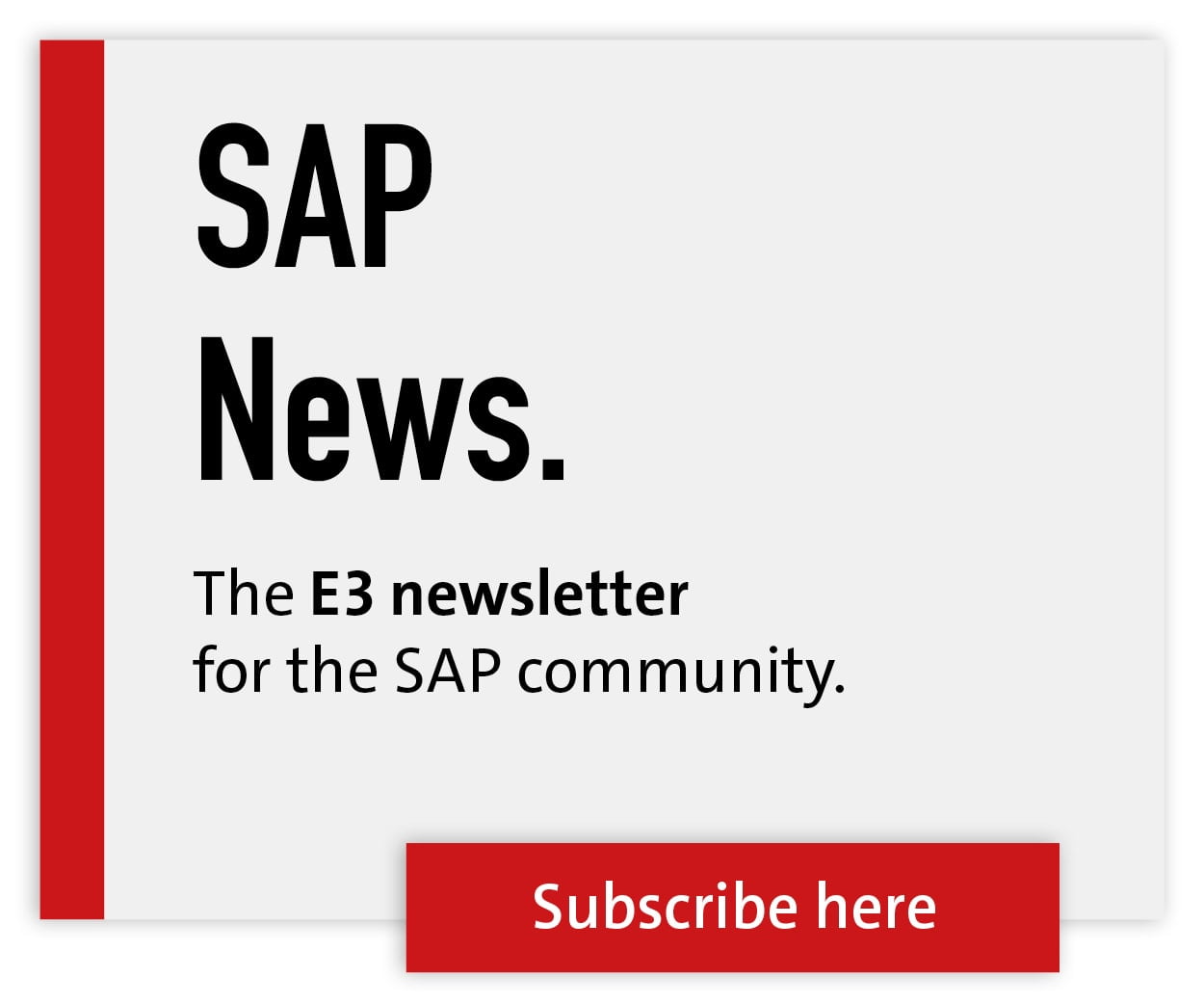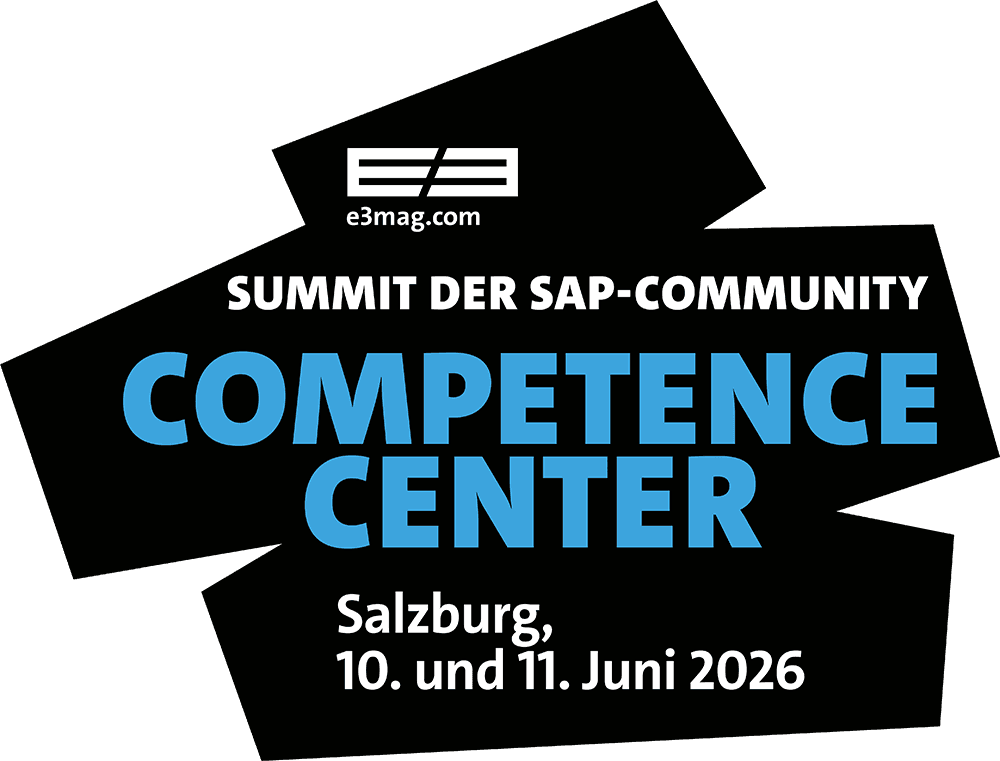The Modernization Challenge

Modernization not only affects the SAP core, but in many cases also the peripheral systems and infrastructures. However, modernization is essential, especially since SAP has continuously driven home the point: the deadline is 2027. SAP itself provides an example for overcoming the challenges: Internally, the company relies on open source.
The Technology Days Conference in Mannheim, Germany, held by the German-speaking SAP User Group (DSAG) highlighted the areas where SAP users are struggling. Interestingly enough, the event had “Work in Progress” as its motto. SAP’s product strategy and product focus were topics of discussion, as well as aspects such as migration scenarios and integration options, not only with regard to the ERP system, but also to peripheral systems and accompanying applications.
Companies should seize the opportunity to embed these old applications in the SAP peripheral landscape into their migration strategy, modernize them in parallel, and thus avoid new silos. The link here is open-source principles, technologies, and solutions such as open hybrid cloud platforms. For the optimization of the process landscape and third-party solutions, open source can be the key success factor—with the possibility of leveraging many synergies. Go ahead and demand this from your software supplier! It all belongs on an enterprise open-source platform that is curated, certified, and optimized for SAP users and partners. That’s why more and more partners in the SAP ecosystem are turning to open source, and Red Hat in particular. SAP itself is also increasingly taking this path. For example, the company is now also modernizing its “RISE with SAP” environments towards modern cloud technology. Topics such as customizing and integration are being mapped in the cloud.
Companies should seize the opportunity here to embed these old applications in the SAP peripheral landscape into their migration strategy, modernize them in parallel and thus avoid new silos. The link here is open source principles, technologies and solutions such as open hybrid cloud platforms. For the optimization of the process landscape and third-party products, open source can be the key success factor - with the possibility of leveraging many synergies. Go ahead and demand this from your software supplier!
SAP is increasingly relying on solutions from Red Hat. The two companies recently announced an intensified partnership. Within the framework of this partnership, SAP is gradually migrating an ever larger part of its internal IT landscape and the SAP Enterprise Cloud Services portfolio to the standard foundation Red Hat Enterprise Linux. This means SAP is also using Red Hat as the foundation for customer environments.
This joint initiative to extend SAP software workloads on Red Hat Enterprise Linux illustrates how SAP customers can also increase business agility, accelerate cloud deployments, and drive business innovation by building on Red Hat’s scalable, flexible, and open hybrid cloud infrastructure. Customers and the SAP ecosystem partners will finally be able to implement their S/4 transformation and pre-projects more easily and swiftly.
SAP’s example shows that open –source solutions can provide a common basis for modernization projects. The advantages of an integrated approach that includes both the SAP core and the periphery in the migration are manifold. Inevitably, there are synergy effects in areas such as know-how and training. In addition, a uniform open source approach in both the SAP and non-SAP world is now recognized as being beneficial in terms of interoperability and costs.
The SAP partner landscape and the open source ecosystem can provide SAP users with adequate support for such migration and modernization measures. Many best practices have already been established, but there is still room for improvement. Fortunately, development is not stagnant. Quite the contrary: many ecosystem enhancements are on the horizon this year.






